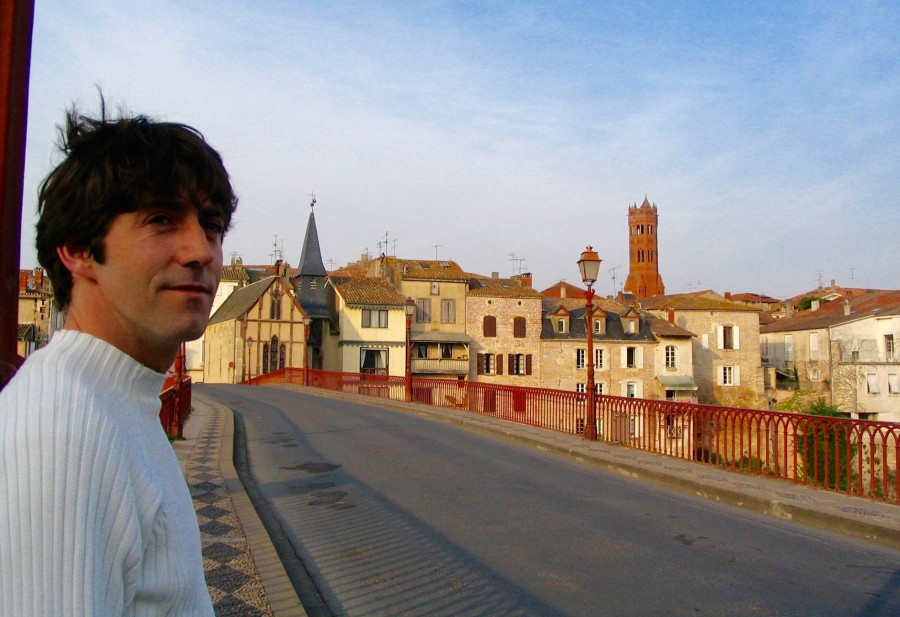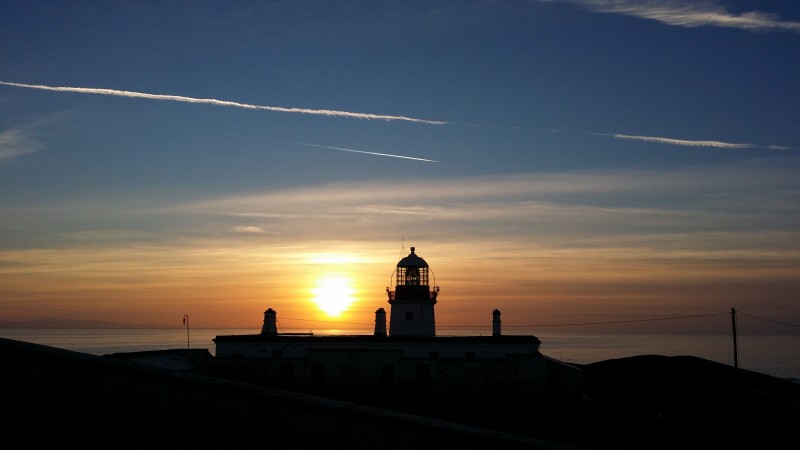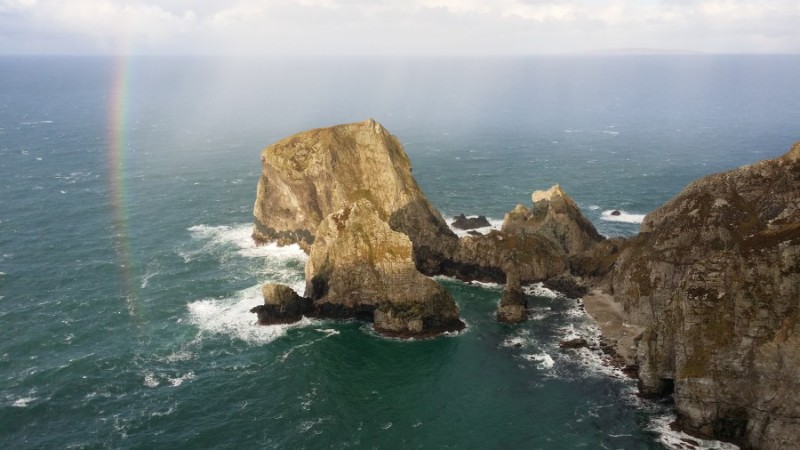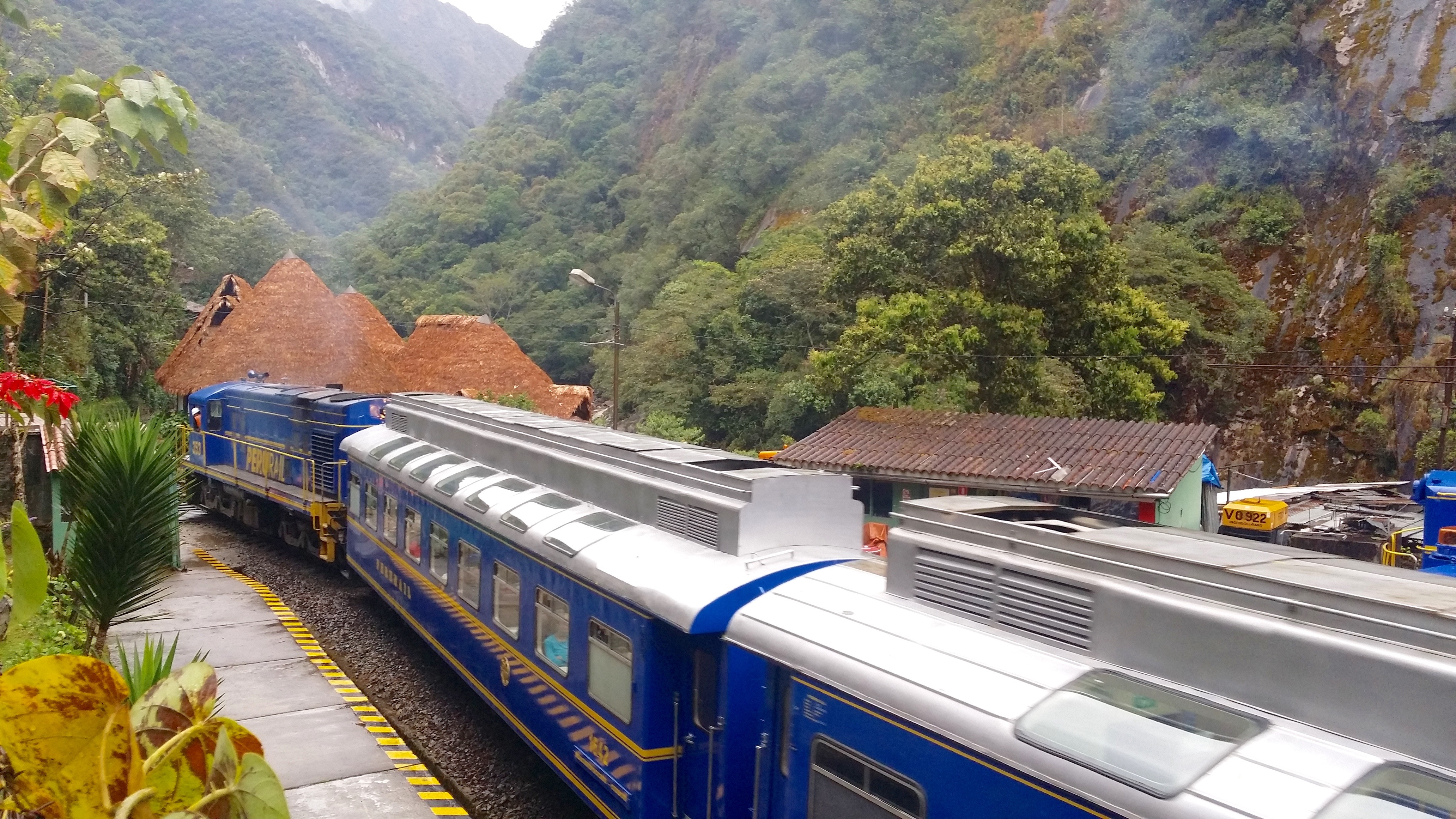This is the story of how I first discovered what I call my Wild Atlantic Way Meditation using The Paris Method. I hope that by sharing it, I can help at least one other person to experience a little bit of peace. I would love to tell you that I made this discovery out of some deep experimentation with spirituality involving soft music and candles, but I did not. I discovered it out out of pain, loneliness and desperation. Maybe it was better that way.
Sometimes life gets us down. There are times when we feel the need to just get away from it all. I am no different. Having discovered meditation by chance, while on a trip to Port and Glenlough in County Donegal, I now believe that there is no better place for soothing the soul, than Ireland’s Wild Atlantic Way. I recorded the video below at St John’s Point on a winters evening. I think it epitomizes the soothing influence of the ocean on the Wild Atlantic Way, under a sky that is very specific to Donegal at sunset.
I am not too sure what it is about the ocean that captivates me. I am almost hypnotized by the movement, size, depth, power and beauty of the Atlantic ocean. I love the smell of the seaweed and the salt water, and if in Donegal, the feeling of being deeply cleansed by some of the freshest air imaginable. I love the dynamic coloring of the water, from aqua to white, and blue to grey, sometimes all within a single seascape. I am as content sitting watching the ocean as I am being in it or on it. This stimulation of my senses forms a mystical attraction which pacifies me, cajoling my mind towards complete relaxation.
The calmness and serenity I feel from Wild Atlantic Way meditation on Donegal’s rugged coast, has brought me to a beautiful place emotionally – a place that I did not know existed. Maybe because so much of our body consists of water, we find identification by embracing such volumes of it. Maybe the ocean speaks to us on some higher level of serenity, far beyond our comprehension. We may not be able to understand it, but we can certainly feel it. This gives the ocean a mystical characteristic which is really alluring. The Wild Atlantic Way meditation which I discovered and will describe in this article, gave me one of the most profoundly beautiful experiences of my life.

One of the many different types of sunset over the Atlantic ocean, seen from the Wild Atlantic Way in Donegal
At different times in my past I had been open to the notion of meditation. For one reason or another, be it a busy work schedule, pressures of taking a masters degree, drinking too much, or just from burning the candle at both ends, I had felt down and on edge. Although I was open to meditation, I always thought that it wasn’t for me because my head was too busy. Isn’t it ironic that the very reason that I needed to meditate was the very reasons why I did not.
So, I just stumbled through life, from from dark patch to the next, always with racing thoughts. If I was being creative or when I would be in a happy place, racing thoughts were fine – maybe even beneficial. But when I would suffer lows, my thoughts would continue racing, only this time in a negative manner. So I would just wallow there, and the subsequent self pity would lead to negative and festering emotions.
Maybe I just didn’t want to face myself; preferring to conceal my inner feelings in the shadows cast by anxiety and unhappiness. I am a man after all, and I always understood that a requirement for membership of the masculine club was to appear to be too tough to consider my own feelings. Big boys don’t cry and all that. I think I presumed that everyone felt the same way i did. My life just seemed to rumble along without much awareness. And then I had a biking accident. Absolutely everything changed – and everything changed absolutely.
I came off an electric bike, hitting my head and face off the road at approximately 35mph. I wasn’t wearing a helmet. I suffered a lot of cuts and injuries over most of my body and was also badly concussed. I was, in the words of the surgeon who treated me, ‘lucky to be alive’.
Unable to work, drive or do much at all for two months, I was laid up on a recliner chair in a stupor. A nasty cut to the back of my hand had damaged a nerve, so I was given morphine to relieve pain. Weeks later, when the concussion had cleared, I realized how low I was feeling. My social interaction had evaporated. I was probably suffering from cabin fever and mild circumstantial depression. I remember thinking that I had hit rock bottom. Funnily enough, since then, I have looked back and thought that rock is actually a great foundation on which to build something!
Being injured and off work had created financial problems. The accident had left me experiencing a lot of anxiety and negative thoughts. I felt vulnerable. I suppose it is only when we are forced to stop, that we really take a look at ourselves. I didn’t particularly like what I saw.
I planned a drive to the coast in the hope that a walk would clear my head. So on November 8th 2014, I got into my car and drove. About 45 minutes into the journey I saw a sign post for a place that I had heard of just once before, but had never been. On the spur of the moment, I made the turn. Port is probably one of the remotest places in Ireland, and it would be here, in this most desolate and lonely outpost, that I would find myself.

Panoramic picture at Port, Donegal, on Ireland’s Wild Atlantic Way
The long and lonely road simply comes to an end at a little cove, which is surrounded by dramatic cliffs. The nearest other human being is probably 4 or 5 miles away. I parked up and climbed up on a hillside, eventually arriving at the cliffs. The scenery is absolutely amazing; there is nothing but ocean, sky and the coastline. Man’s footprint has not been visibly left here.

Rainbow over Tormore Island, at Port, Donegal, Ireland
I did not fully appreciate the beautiful scenery at the time. I was distracted. The drive had done little to lift my spirits. I was probably also suffering from self-pity. I walked along the cliff face and repeatedly ran my problems over and over in in my head. I was thinking about the mounting bills, struggles with finding the right medical treatment and how to pay for it. I was worried that my career was coming under threat. And ironically, I was mostly worried about how worried I was.
The walk which was intended as a way of clearing my head, was actually making me feel worse. My negative thoughts were racing, and on each rerun my problems seemed to magnify. I felt at one with this place in terms of isolation. How I was feeling at that time was pretty close to self-inflicted mental torture. Finally, almost out of desperation, I just stopped walking. All of the stress and negative emotions had left me feeling completely exhausted. My rational and logical thinking had been completely browbeaten by worry, negativity and self-pitying emotions. From my vantage point, four hundred feet up on the cliffs of Port, I stood gazing aimlessly out over the Atlantic ocean. Out of sheer desperation I completely surrendered to all of the emotional pain. My thinking was: I am so tired of feeling this way – and I just want to give up.
Time passed. Eventually I sat down on some heather, continuing to stare out over the ocean. A breeze was blowing onshore, and my senses were filled with the sights and sounds of the Atlantic. I noticed the patchwork or colors on the water, where in places the faint sunlight was breaking through the clouds, sending sunbeams down onto the ocean. Other patches were darkened by the passing of a heavy isolated shower. There was an average swell, and I watched as the waves made their way towards the base of the cliffs, where they would smash against the rock, sending spray high up onto the cliff face. A few hardy sea birds hovered in the wind, no doubt searching for an evening meal. I didn’t really notice it happening, but I began to relax. (If i had have noticed, it might not have happened!)

The view over the Atlantic ocean, from the remote cliffs at Port, County Donegal, Ireland
In the past, when I had tried to meditate, I had merely ended up getting more frustrated and stressed. I read once that when trying to meditate, that I should concentrate on emptying my head of all thoughts. How on earth could I both concentrate and have no thoughts at the same time?! That contradiction always bothered me. But by simply taking in the phenomenal natural beauty of my surroundings on the Wild Atlantic Way, I had finally arrived at the point where my frenzied thoughts were quieted by more conscious thought. And that is when I inadvertently practiced The Paris Method for the first time. That method finally afforded me the chance to harness and relax my rollercoaster thoughts enough so that I could meditate – and it was beautiful.
It had started when I had surrendered my quest to find immediate solutions to my problems, and became aware of my surroundings. I came to realize that my perspective at that very moment was pretty good. I was under no immediate pressure, and the panoramic view in front of me was pretty spectacular. So right at that moment, I realized that all of my worries were either in the past, where I could not change them, or were so far off in the future that they did not require a solution right there and then – if at all. I discovered that all I really needed to focus on at that very moment, was that very moment. That was a really nice and welcomed thought, and it completely grounded and pacified me.

400 feet above the Atlantic waves. Port Cliffs, Donegal, Ireland
I then made a decision that regardless of how dire my financial, medical or career situations actually were, I would face them with a positive attitude. I realized that I was completely on my own, and that the only ally that I could call upon was myself. If I was to rely on myself alone, then I needed to make sure that my attitude was positive, otherwise I would be working against myself which would only serve to restart the emotional turmoil.
Upon reflection of how I could adjust my attitude, I realized that much of my worry was actually brought about by procrastination regarding medical appointments, paperwork, and communication with my employers. I made a decision right there and then to deal with those outstanding matters at the first available opportunity. And guess what? Once I made the decision, my problems suddenly seemed more manageable, and my worry towards them began decreasing. I had done nothing but make a decision, and my problems had eased to the extent that they faded from my present thought.
This brought me to realize that life can sometimes be difficult for a reason. I thought on one of my favorite movie quotes: ‘without the bitter, the sweet aint as sweet.‘ By becoming aware that these tough times may actually serve the purpose of enhancing the good times, I had given myself the inspiration to fight my way out of this low ebb.
The peace that I was starting to find led to the final step, which is spirituality. I was so grateful to have the opportunity to enjoy such a beautiful location, with a thought process which wasn’t racing uncontrollably like a neurotic roller-coaster. This awareness and gratitude made me very much aware of the growing sense of spirituality which I was feeling. The more I focused on it, the more beautiful and enjoyable it became. And that, is how I arrived in a meditative state for the first time in my life. It was peacefully euphoric.
Maybe men don’t openly talk about these sorts of emotions regularly, but I am not ashamed to say it: I had found the most serenely beautiful moment of my life. Given that just a short time earlier I had been pacing with worry and anxiety, it seemed incredible that I had found such a peaceful feeling. Maybe it is true what they say: the darkest hour is just before dawn. I began to realize that the more I had surrendered the more I enjoyed it. I had started to learn about the importance of nothing.
As I made my way back down the hillside to the little cove, it felt as though I was walking on air. My head was clear, and my outlook was greatly improved. On the road home though the wilds of central Donegal, I replayed the experience. I wanted to bottle this peacefulness, and to do that, I had to understand how I had arrived at the feeling. I labelled the steps I had gone through up on the cliff top. Perspective, Attitude, Reflection, Inspiration and Spirituality. I would later abbreviate these steps, creating the PARIS acronym. Paris was a very poignant term, because I had also had an experience in the French capital over 10 years previously. But on that occasion I had not stayed with the feeling long enough to have understood it.
Since that day of revelation at Port, Wild Atlantic Way meditation has continued to bring much peace and joy. Even when I am unable to get to the ocean, I imagine that I am there, and repeat those 5 simple steps of The Paris Method. I imagine the sounds of the waves; the wind and the sea birds. And I imagine the entire Wild Atlantic Way seascape under the amazing twilight of a Donegal sunset. The experiences are just too profound to keep to myself. I know that I have to share them.

Sunset over the Wild Atlantic Way, at Port, Donegal
There is something magically transformative about the ocean. Just as the salt water can help to heal our broken skin, the clean air and the vast expansive ocean can somehow also heal our minds, and soothe our soul. I know without doubt that the rugged Atlantic coastline of county Donegal has given me a remarkable awareness of how to be myself, and how to like what I see when I meditate.
This Wild Atlantic Way meditation has turned my entire thinking around, allowing me to appreciate life on a whole different level. I am a long way from perfect (I have no wish to be perfect!), but my wild atlantic way meditation has given me a framework onto which I can build some positive direction in my life. Up until today, that direction has taken me on a journey which is so beautiful that I cannot even start to put it into words. But I will, eventually.
The fact is, that back on that November day in 2014, I had not yet encountered the worst effects of my biking accident. I am still working through those. It is a long, arduous, and sometimes very unpleasant process, but my Wild Atlantic Way meditation is helping me to get through it.
Maybe, just maybe, if you try The Paris Method for yourself, you will discover some of the peace that I am referring to. I really hope you do.



























 A bright and stormy day at Cnoc Fola, Donegal, on Ireland’s Wild Atlantic Way
A bright and stormy day at Cnoc Fola, Donegal, on Ireland’s Wild Atlantic Way

































